Some weather events are so visually stunning or strange, they look like something straight out of a sci-fi film or a fantasy epic.
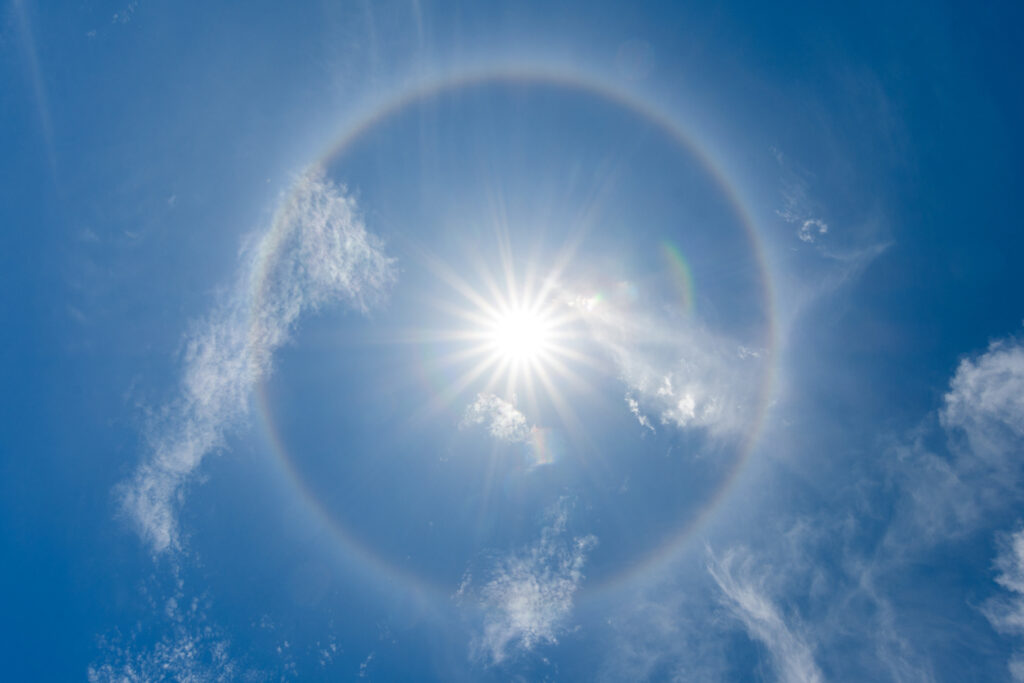
However, these aren’t CGI or camera tricks—they’re real, rare, and sometimes completely unexpected moments in nature that remind us just how dramatic the sky can be. They may not happen all that often, and you might be unlikely to see most of them with your own eyes in life, but that doesn’t make them any less impressive and awe-inspiring.
1. Fire rainbows (circumhorizontal arcs)
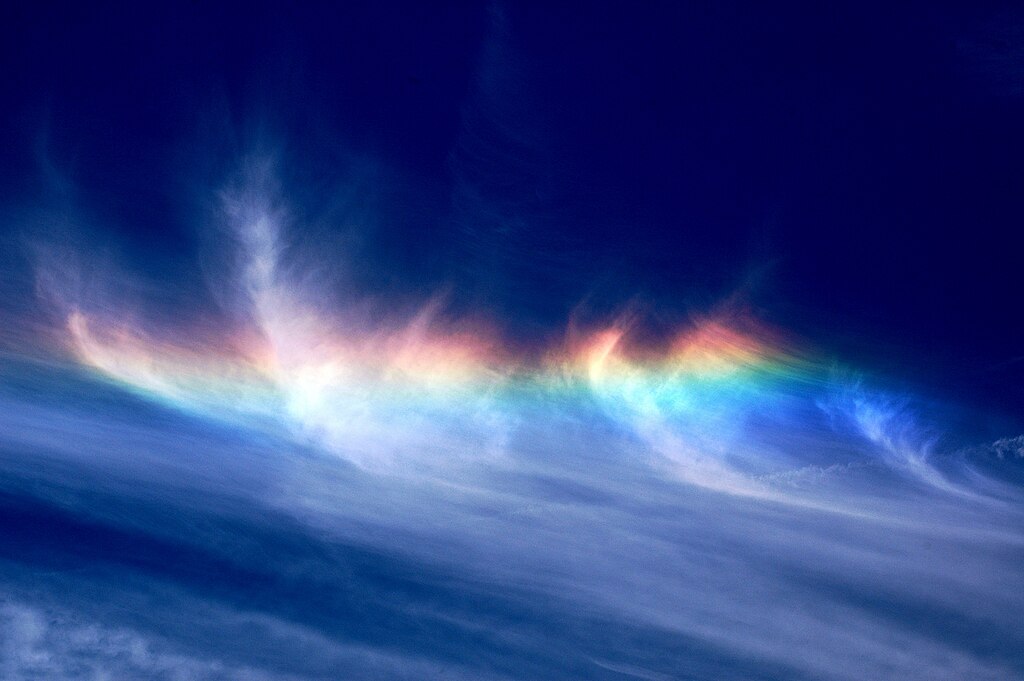
Despite the name, fire rainbows aren’t related to fire at all. They’re formed when sunlight hits ice crystals in high-altitude cirrus clouds at just the right angle, creating bright, rainbow-like streaks that ripple across the sky. They look like a glowing, multicoloured flame suspended in midair.
These arcs only appear when the sun is very high in the sky, so they’re rare and fleeting. When they do show up, they stop people in their tracks—they’re too vivid and too unreal-looking to feel natural.
2. Ball lightning
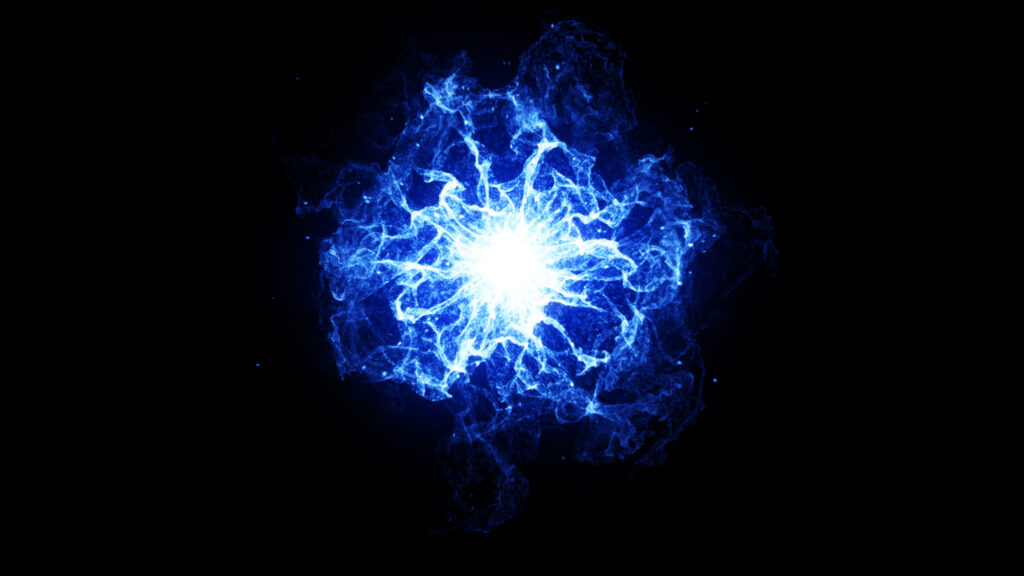
Ball lightning is one of the most mysterious weather phenomena ever recorded. It appears as a glowing sphere of light—often blue, white, or orange—that floats or bounces through the air during storms. Sometimes it vanishes silently; other times, it explodes with a bang.
Scientists still don’t fully understand what causes it. It’s so rare and unpredictable that many thought it was folklore until modern pilots and researchers captured real sightings. It’s basically nature’s version of a floating plasma orb.
3. Catatumbo lightning
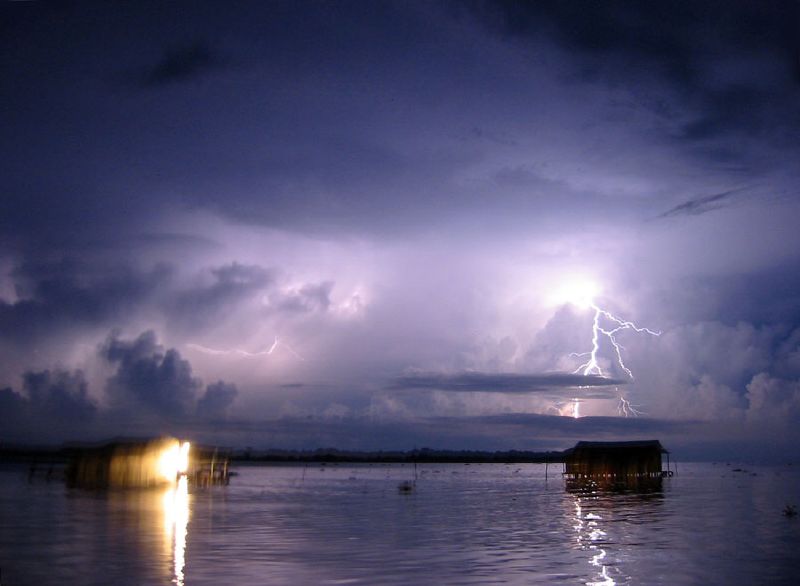
In Venezuela, at the mouth of the Catatumbo River, lightning storms happen almost every night for months on end. The sky lights up with nearly constant bolts, sometimes 200 times an hour, without much thunder or rainfall. This phenomenon is caused by a unique combination of local topography, humidity, and wind. From a distance, it looks like a massive light show playing on repeat—an eerie, silent flickering that seems more cinematic than real.
4. Morning glory clouds

These long, rolling cloud formations stretch for hundreds of kilometres and move low and fast across the sky like something out of a sci-fi film. They’re most famously seen in Northern Australia but can appear in other parts of the world too. They form under very specific atmospheric conditions and are often chased by glider pilots because of their rare air dynamics. Watching one roll toward you feels surreal—like the sky is turning into a wave.
5. St. Elmo’s fire
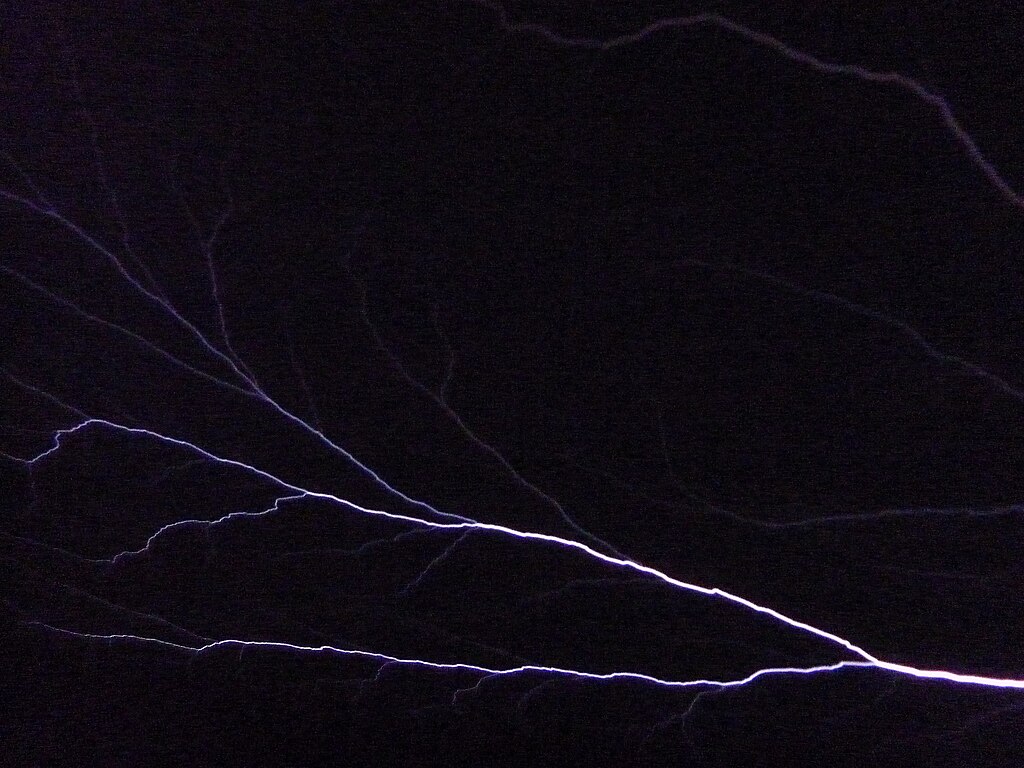
This electric blue glow appears around pointed objects—like ship masts, church steeples, or even aircraft wingtips—during thunderstorms. It’s caused by ionised air emitting plasma under high electric fields. Historically, sailors took it as a sign of divine protection or a supernatural omen. In reality, it’s a weather-induced electrical glow—but it’s so eerie and otherworldly that it’s easy to see why it inspired legends.
6. Mammatus clouds
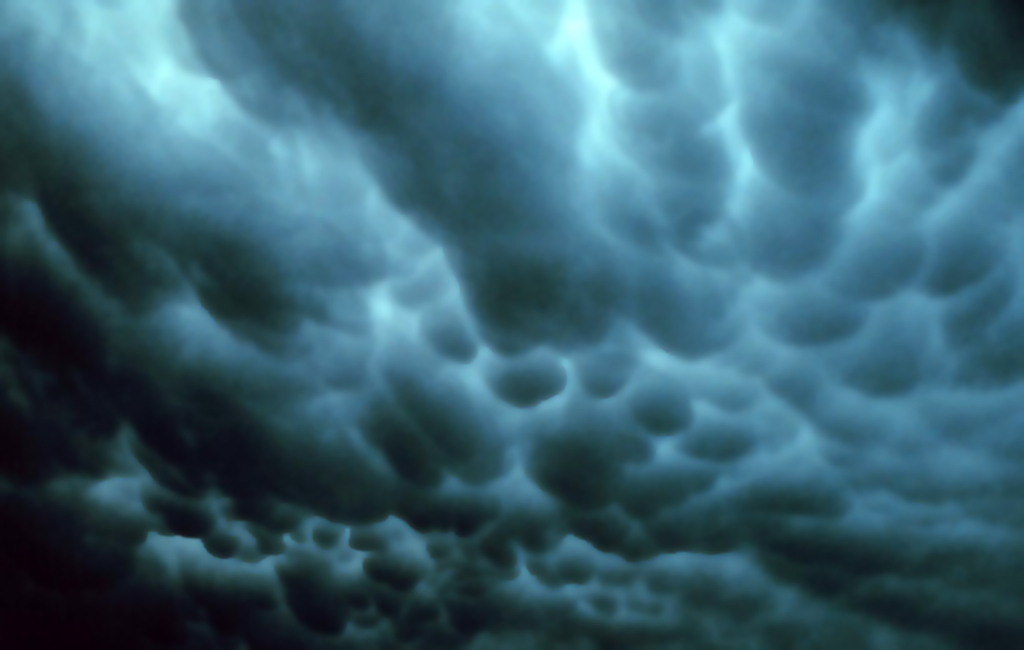
Mammatus clouds look like the underside of the sky is swollen with soft, bubble-like pouches. They often appear after powerful storms and are usually tinged with dramatic sunset colours that make them even more surreal.
These clouds form when sinking air interacts with ice crystals and moisture in a specific way, giving the sky a quilted, sculptural appearance. They look like something you’d see in a fantasy film just before something magical (or disastrous) happens.
7. Ice circles
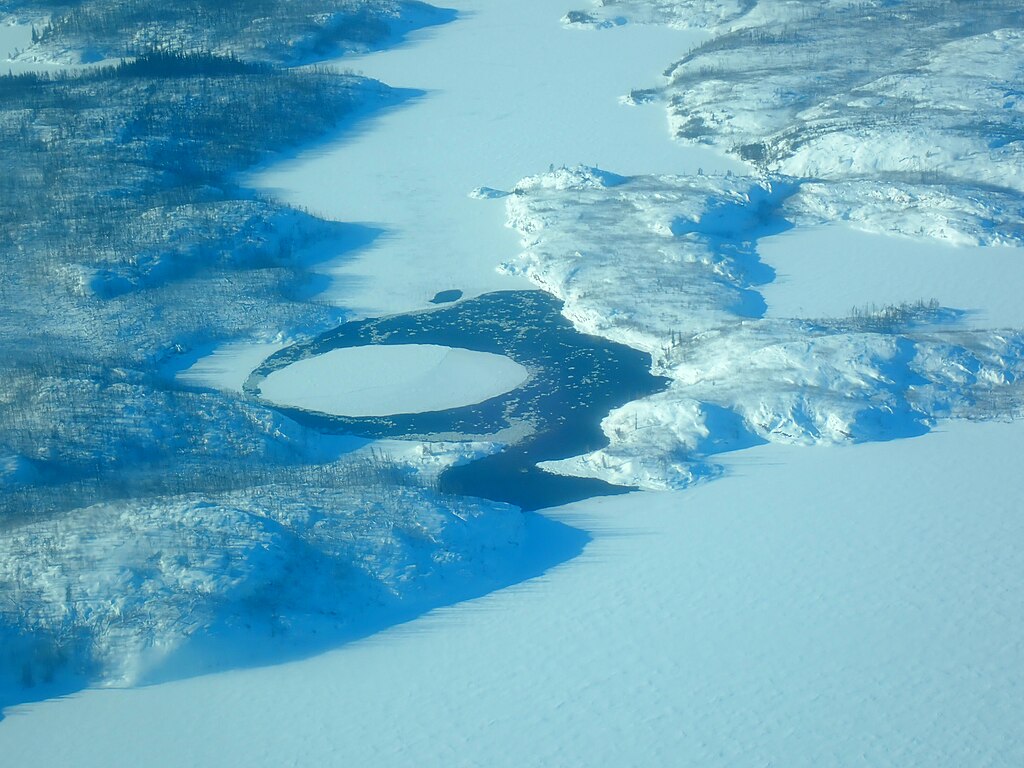
These perfect, slowly rotating discs of ice form in rivers when water currents create a whirlpool under freezing conditions. They spin gently on the surface, sometimes reaching several metres in diameter. They seem almost too symmetrical to be natural—like frozen crop circles floating downstream. Scientists believe they form when rotating water shaves off uneven edges until a circle remains, but seeing one still feels strangely artificial.
8. Sprites and jets
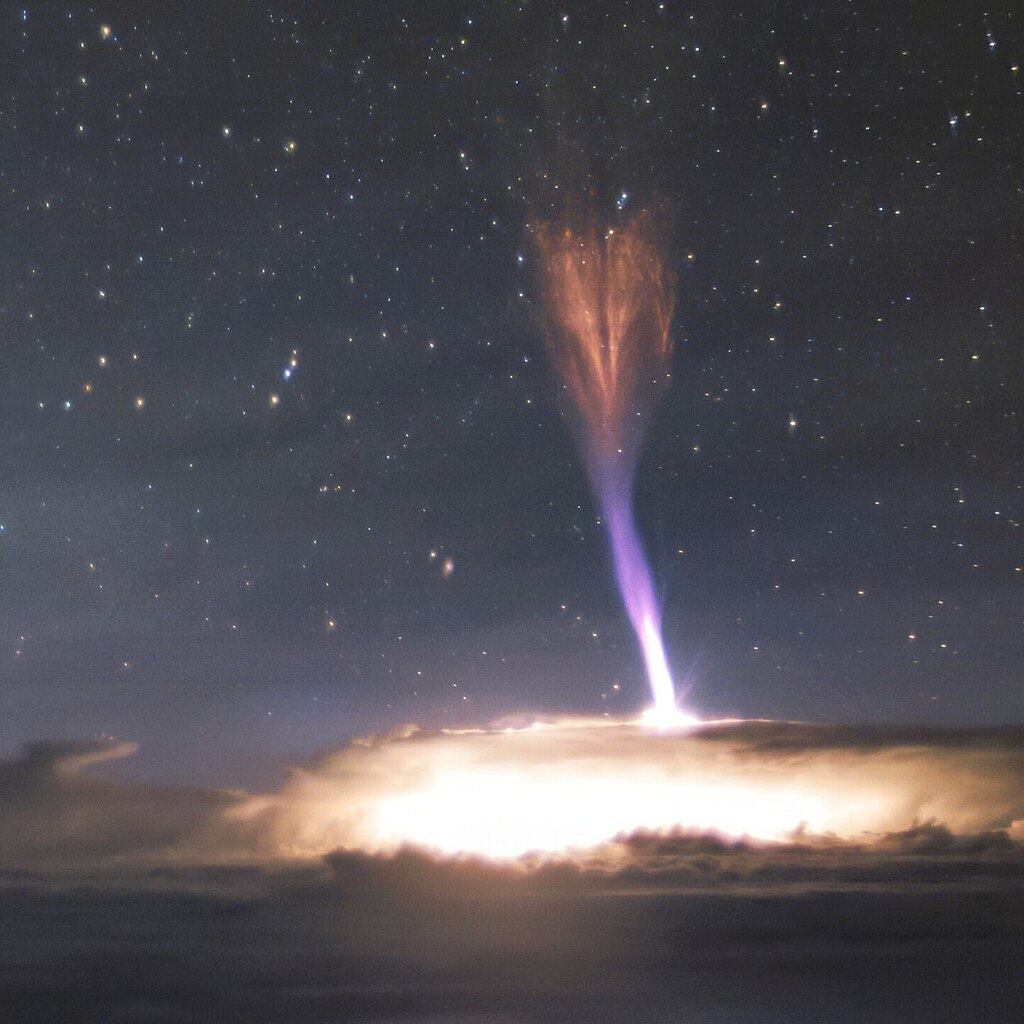
Sprites are massive bursts of red light that shoot upwards from thunderstorms into the upper atmosphere, often followed by blue jets—narrow beams of light extending toward space. They happen too high and too fast for the naked eye to spot easily.
Captured by high-speed cameras and satellites, they look like something out of a space invasion film—bright, electric, and otherworldly. They’re a reminder that some of the most dramatic weather events happen above the clouds, not below.
9. Sun halos and sun dogs
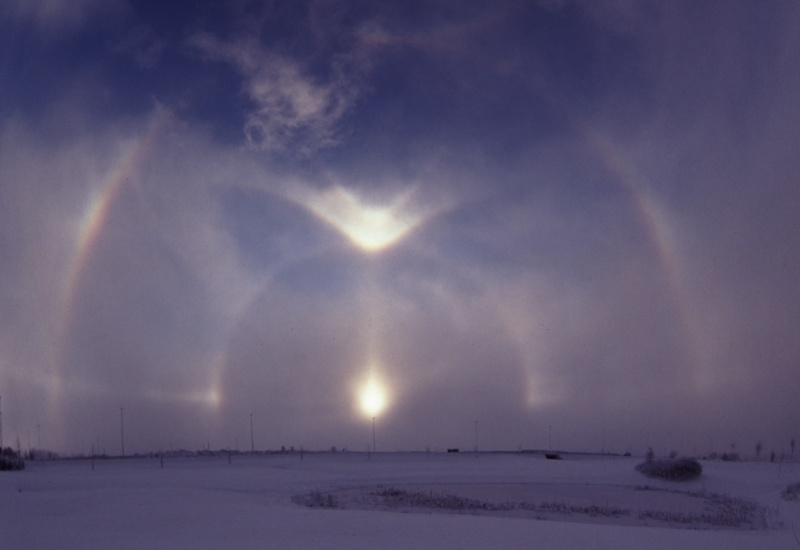
Sometimes a glowing ring forms around the sun—or two bright spots appear on either side of it like ghostly twin suns. These are caused by sunlight refracting through ice crystals in the upper atmosphere. Sun dogs, in particular, look like duplicated light sources flanking the sun at just the right angles. They’re common in cold climates but always feel mystical when they show up, turning an ordinary sky into something strangely divine.